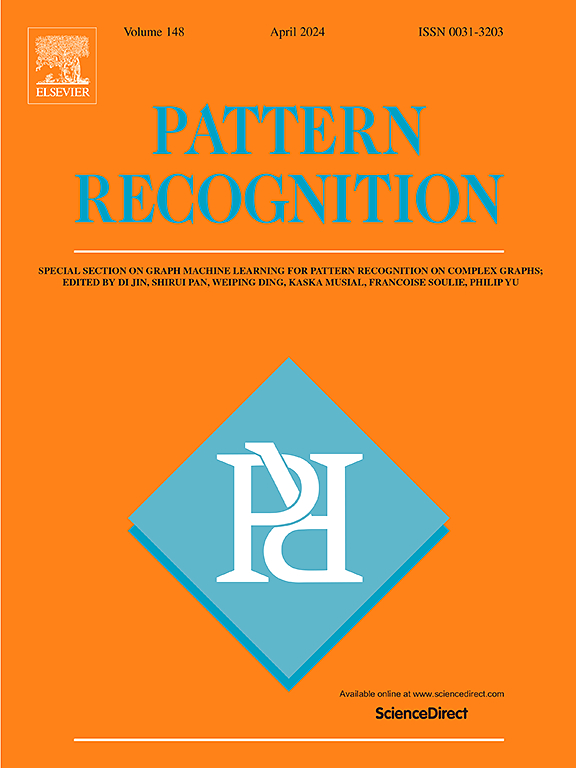EENet:有效、高效的单一图像去毛刺网络
IF 7.5
1区 计算机科学
Q1 COMPUTER SCIENCE, ARTIFICIAL INTELLIGENCE
引用次数: 0
摘要
虽然利用卷积神经网络和变换器为图像去毛刺提出了许多解决方案,但在提高效率和重建性能之间的平衡方面仍有很大潜力。在本文中,我们介绍了一种名为 EENet 的高效网络,旨在通过增强空间光谱学习实现图像去毛刺。EENet 包括三个主要模块:频率处理模块、空间处理模块和双域交互模块。具体来说,频率处理模块根据傅立叶分量的不同特性对其进行单独处理,以便对图像进行消隐,同时还根据卷积定理对全局依赖性进行建模。此外,空间处理模块旨在实现多尺度学习。最后,双域交互模块促进了频域和空间域之间的信息交流。广泛的实验证明,EENet 在七个合成和真实世界数据集上实现了最先进的图像去毛刺性能。此外,该网络的通用能力还通过扩展到图像去胶、图像散焦去模糊和弱光图像增强得到了验证。本文章由计算机程序翻译,如有差异,请以英文原文为准。
EENet: An effective and efficient network for single image dehazing
While numerous solutions leveraging convolutional neural networks and Transformers have been proposed for image dehazing, there remains significant potential to improve the balance between efficiency and reconstruction performance. In this paper, we introduce an efficient and effective network named EENet, designed for image dehazing through enhanced spatial–spectral learning. EENet comprises three primary modules: the frequency processing module, the spatial processing module, and the dual-domain interaction module. Specifically, the frequency processing module handles Fourier components individually based on their distinct properties for image dehazing while also modeling global dependencies according to the convolution theorem. Additionally, the spatial processing module is designed to enable multi-scale learning. Finally, the dual-domain interaction module promotes information exchange between the frequency and spatial domains. Extensive experiments demonstrate that EENet achieves state-of-the-art performance on seven synthetic and real-world datasets for image dehazing. Moreover, the network’s generalization ability is validated by extending it to image desnowing, image defocus deblurring, and low-light image enhancement.
求助全文
通过发布文献求助,成功后即可免费获取论文全文。
去求助
来源期刊

Pattern Recognition
工程技术-工程:电子与电气
CiteScore
14.40
自引率
16.20%
发文量
683
审稿时长
5.6 months
期刊介绍:
The field of Pattern Recognition is both mature and rapidly evolving, playing a crucial role in various related fields such as computer vision, image processing, text analysis, and neural networks. It closely intersects with machine learning and is being applied in emerging areas like biometrics, bioinformatics, multimedia data analysis, and data science. The journal Pattern Recognition, established half a century ago during the early days of computer science, has since grown significantly in scope and influence.
 求助内容:
求助内容: 应助结果提醒方式:
应助结果提醒方式:


